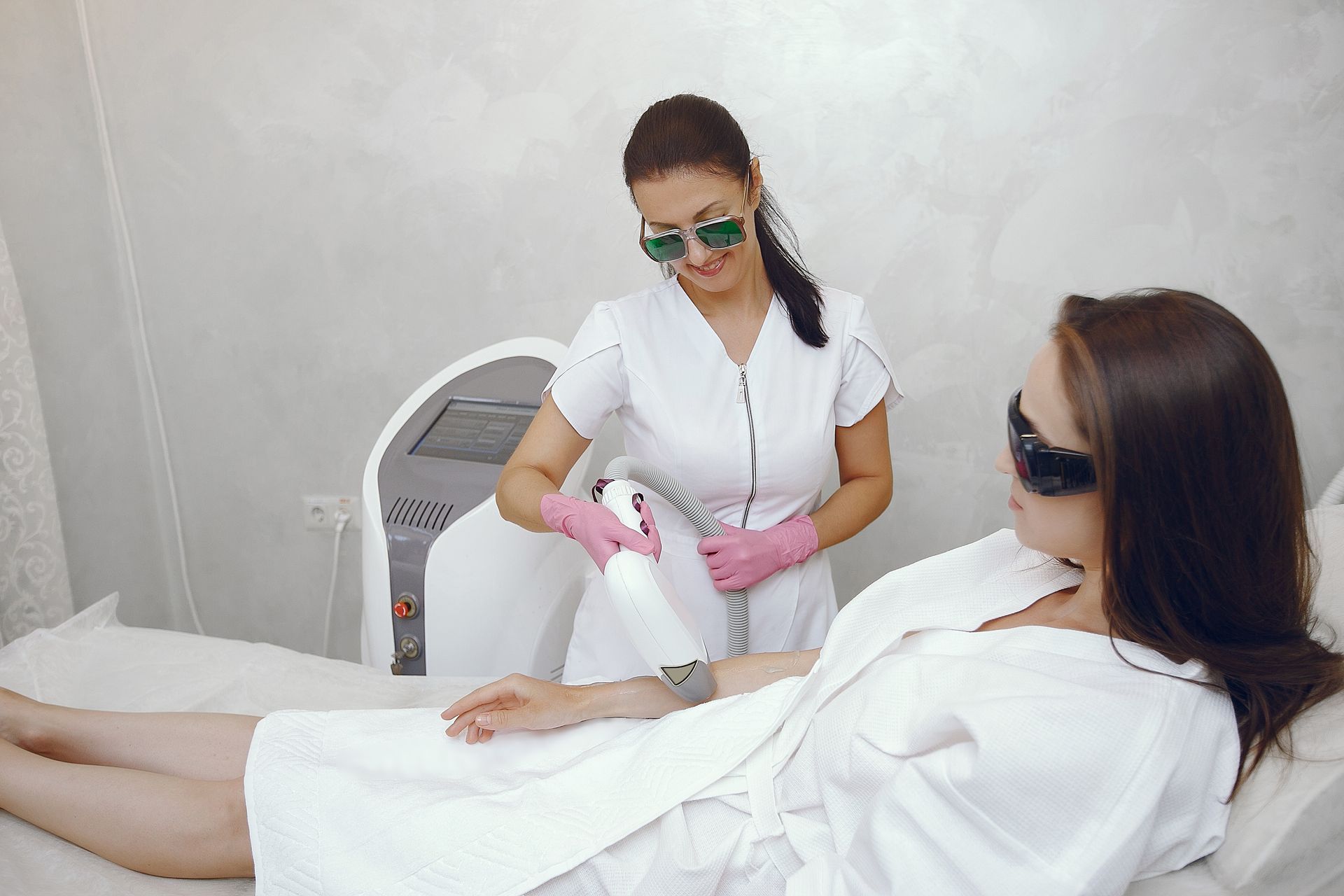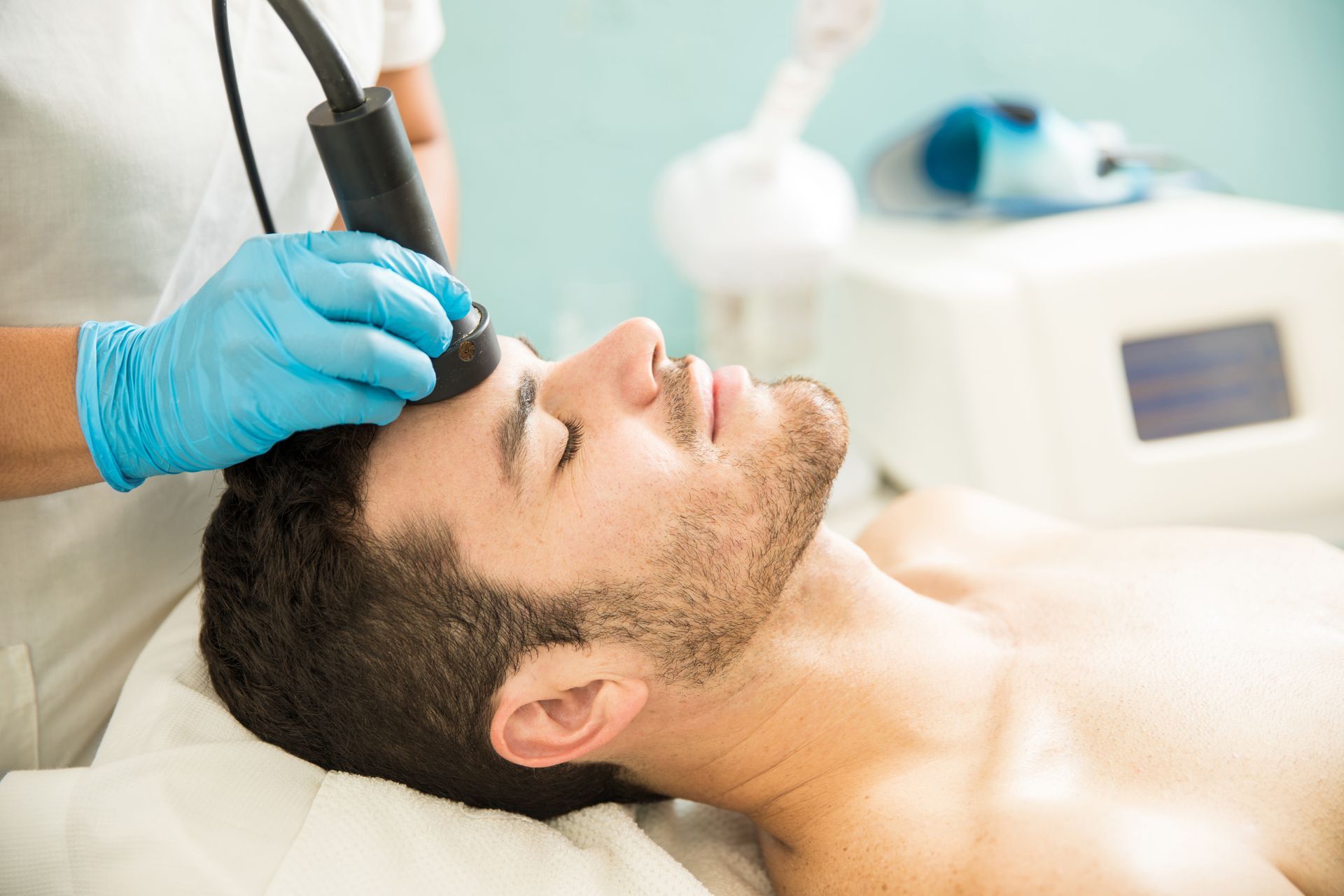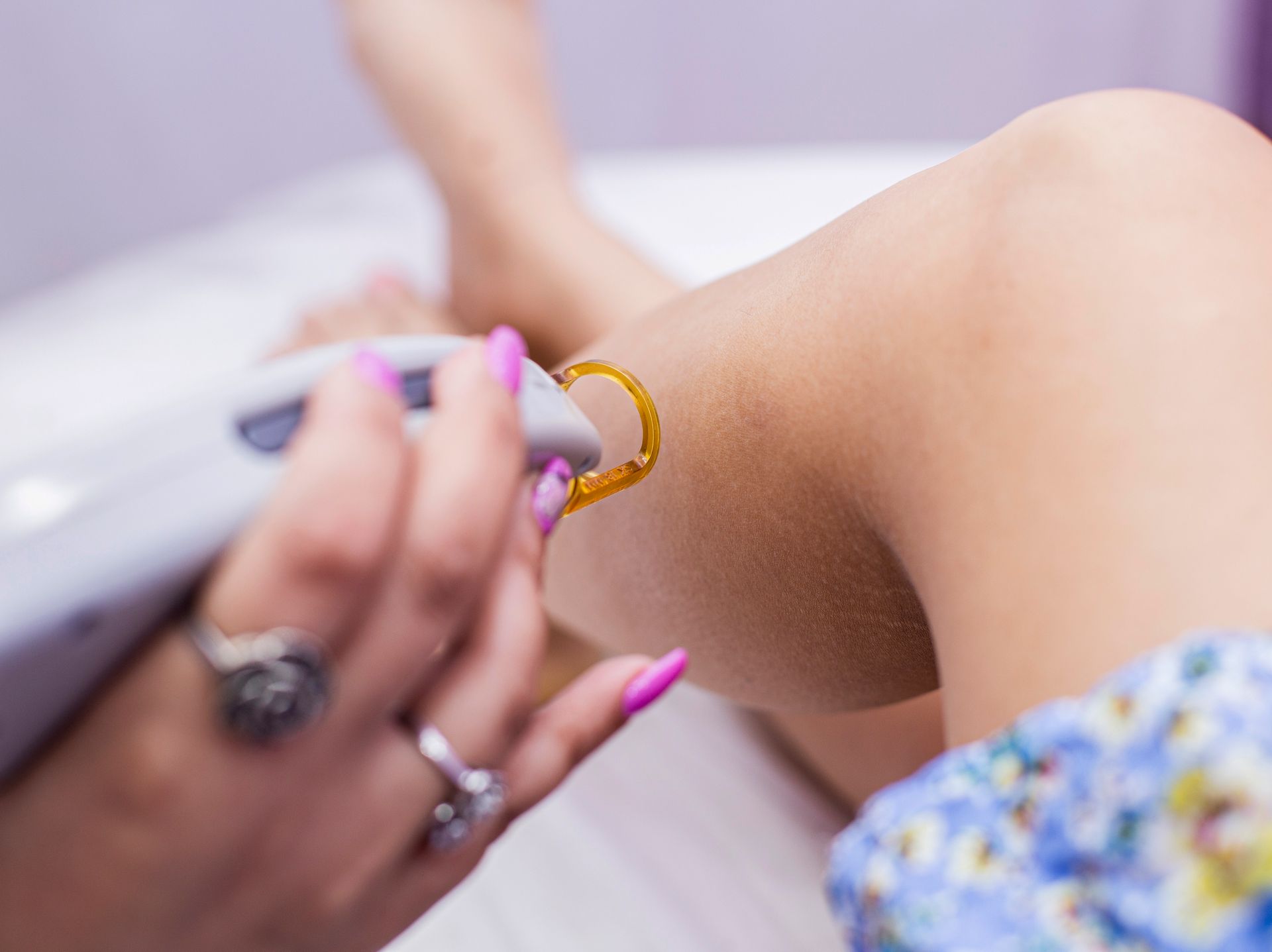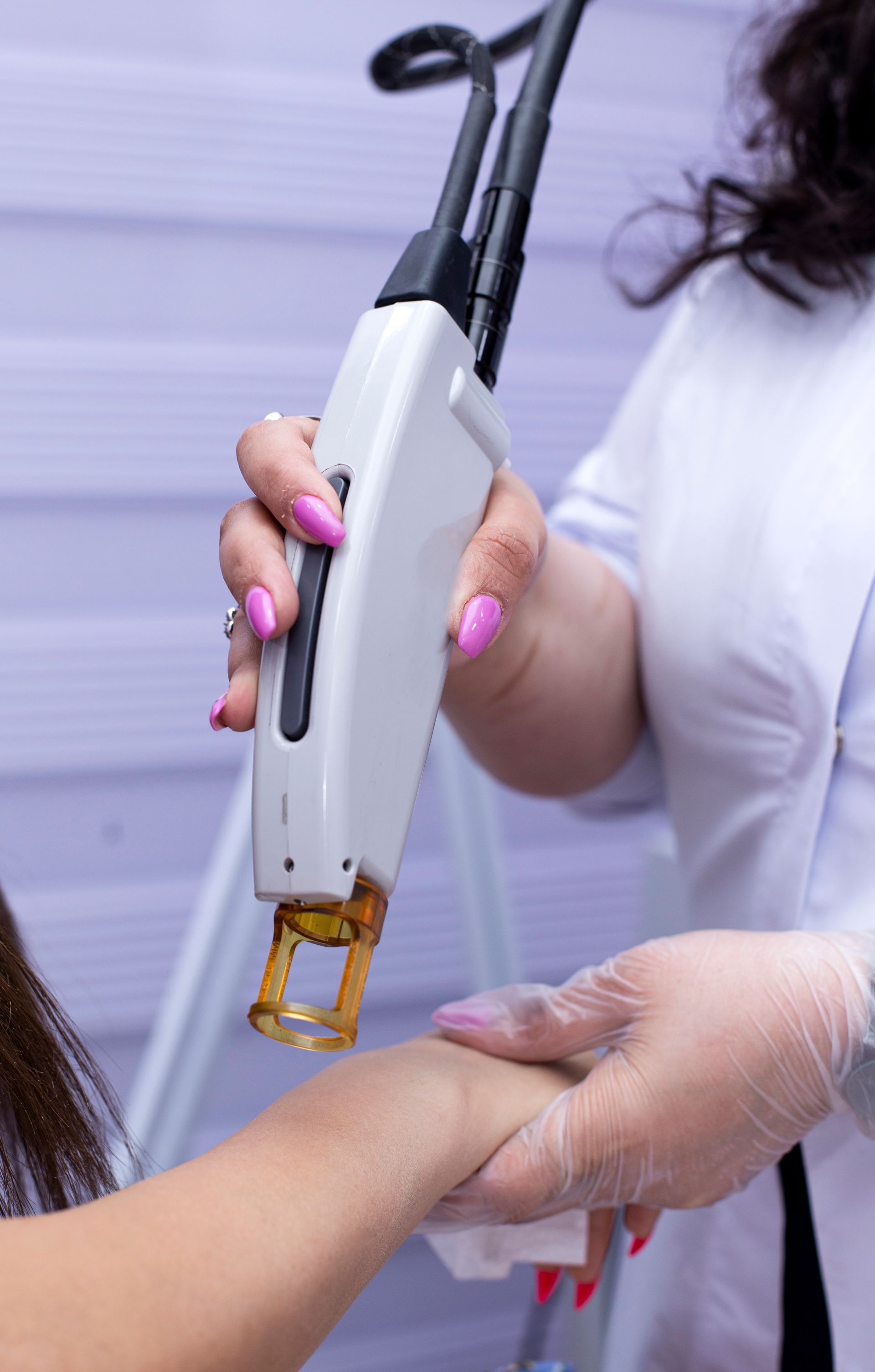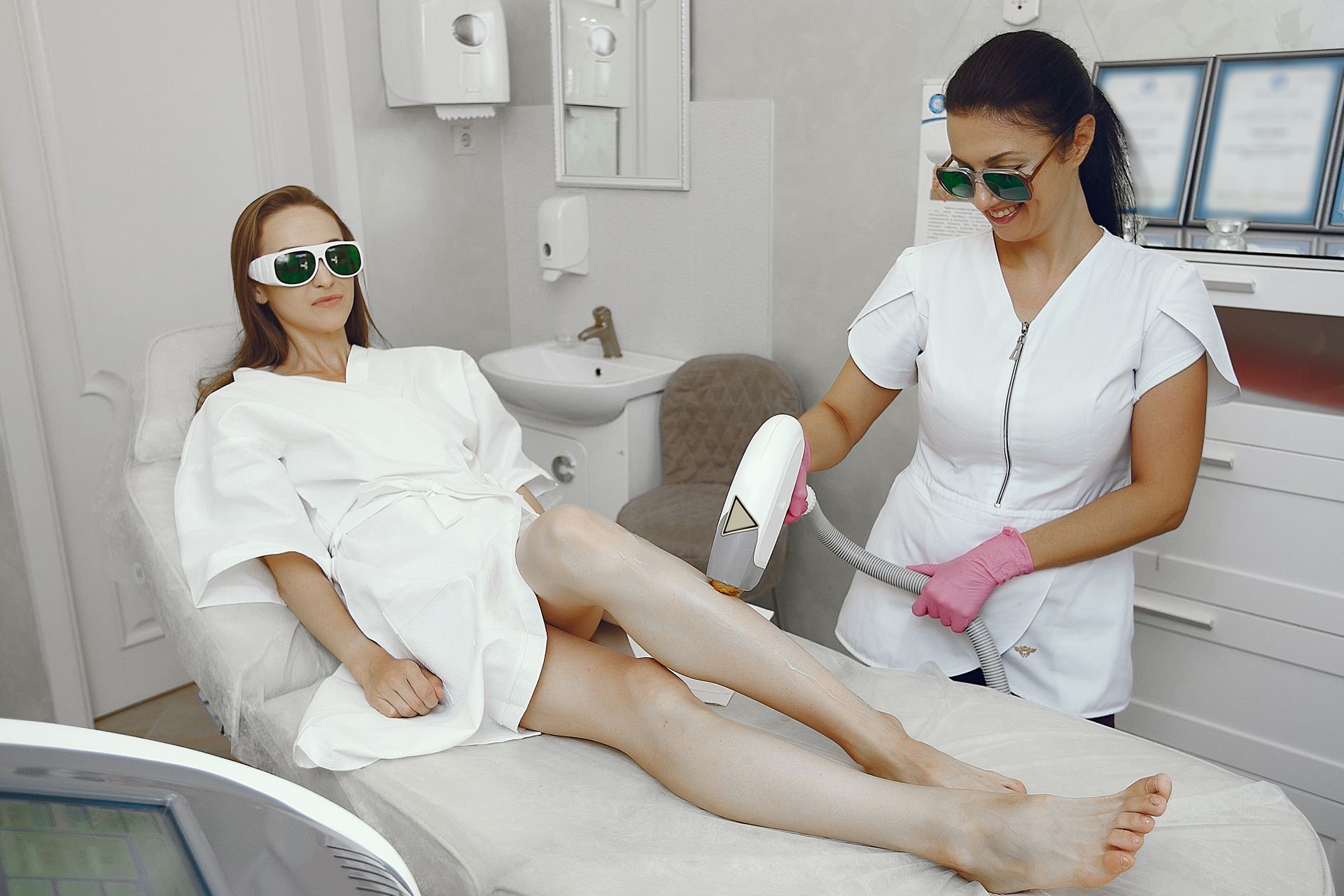What Does It Mean If Your Hair Grows Back Patchy After Laser Hair Removal?
Laser hair removal is often praised for being one of the most effective and long-term methods of hair reduction — but what happens when your hair starts growing back unevenly? If you’ve noticed patchy regrowth after a few laser sessions, don’t panic — it’s completely normal and even expected in most cases. Understanding why this happens can help you set the right expectations and get smoother, more consistent results over time
Can laser hair removal cause small bumps or acne-like spots?
.
Understanding the Science of Laser Hair Removal
Laser hair removal works by targeting the melanin (pigment) in hair follicles. The laser emits light energy that converts into heat, damaging the follicles and slowing future hair growth.
However, here’s the key part — not all hair grows at the same time. Hair grows in cycles:
- Anagen (growth phase) – The laser is most effective during this stage.
- Catagen (transitional phase) – The follicle begins to shrink.
- Telogen (resting phase) – The hair falls out, and new growth hasn’t yet begun.
During a single laser session, only hairs in the anagen phase can be effectively treated — that’s roughly 10–20% of the total hair in a given area. So, when some hairs regrow while others don’t, it’s usually because they were in different phases when the laser was applied.
Why Hair Grows Back Patchy After Laser Hair Removal
Patchy regrowth doesn’t necessarily mean the treatment failed. It usually reflects normal variation in your hair’s growth cycle, skin type, or even laser settings. Let’s explore the most common reasons:
1. Different Hair Growth Cycles
Since not all follicles are active at once, each session only targets a portion of them. Between treatments, new hairs emerge from follicles that were “sleeping” before. This creates a patchy appearance — smooth areas next to ones with sparse regrowth.
2. Inconsistent Laser Coverage
Sometimes, the laser might not have covered certain areas evenly, especially on curved surfaces like knees, underarms, or the jawline. Experienced technicians minimize this risk by overlapping pulses and carefully mapping treatment zones.
3. Variation in Hair and Skin Color
Laser efficiency depends heavily on the contrast between skin and hair color. People with lighter hair or darker skin may find that some hairs absorb less energy, making them more resistant to removal and causing uneven results.
4. Hormonal Factors
Hormonal imbalances — such as those caused by PCOS (Polycystic Ovary Syndrome), thyroid conditions, or pregnancy — can trigger new hair growth in previously treated areas. This can make results look patchy even when the procedure was successful.
5. Early Shedding or Missed Touch-Ups
After each session, treated hairs should shed within 1–3 weeks. If you exfoliate too early or skip post-treatment care, shedding might be incomplete. Missing a scheduled session can also lead to uneven progress since untreated hairs continue growing.
How Long Does Patchy Hair Regrowth Last?
Most clients experience patchy regrowth between the first three to five sessions. By the time you complete the full series (typically 6–8 sessions), the patches begin to even out, leaving behind a smoother, more uniform result.
However, maintenance sessions every 6–12 months may still be necessary, especially for hormonal areas like the face, chest, or back.
Moisturizers and Serums: What’s Safe After Laser Hair Removal?
What You Can Do About Patchy Hair Growth
If you’re noticing uneven results, there are several ways to manage it:
1. Stay Consistent With Your Sessions
Laser hair removal is cumulative — skipping or delaying sessions interrupts the hair growth synchronization, leading to uneven progress. Stick to your treatment schedule recommended by your technician.
2. Avoid Waxing or Tweezing Between Sessions
Removing hair from the root between treatments interferes with the laser’s ability to target the follicle later. Instead, shave before each session — it leaves the follicle intact for the laser to work effectively.
3. Moisturize and Exfoliate Gently
After about a week post-session, gentle exfoliation can help remove shed hairs and improve skin texture. A light, fragrance-free moisturizer keeps your skin smooth and supports recovery.
4. Track and Communicate With Your Technician
Take photos of your regrowth and discuss them with your laser technician. They may adjust settings or spacing between sessions to ensure better coverage.
5. Be Patient With Hormonal Areas
If you’re treating regions influenced by hormones (face, chest, abdomen), results often take longer. Consistent touch-ups can help manage new or resistant growth.
When Patchy Growth Might Indicate a Problem
Although patchy regrowth is normal, certain signs might suggest that something’s off:
- No improvement after 6–8 sessions
- Rapid regrowth that looks thicker
- Uneven pigment or skin irritation in treated areas
In such cases, consult your provider. The laser settings may need adjustment, or another laser type might suit your skin better (for example, Nd:YAG lasers for darker skin tones).
Can Patchy Regrowth Be Prevented?
While you can’t entirely prevent uneven growth, these habits help minimize it:
- Follow your treatment plan closely.
- Avoid tanning or sun exposure before and after sessions.
- Don’t skip pre-treatment shaving.
- Hydrate and maintain healthy skin.
Consistency and proper aftercare are key to achieving the silky, even results you’re hoping for.
Final Thoughts: Patchy Growth Is a Normal Step in the Process
If your hair is growing back patchy after laser hair removal, don’t stress — it’s actually a sign that the treatment is working. Different follicles are responding at different times, and your body is adjusting to the process. As long as you stay consistent with sessions and communicate with your provider, the patches will smooth out, revealing the long-term results you want: less hair, softer skin, and more confidence.
BOOK YOUR FREE SESSION
